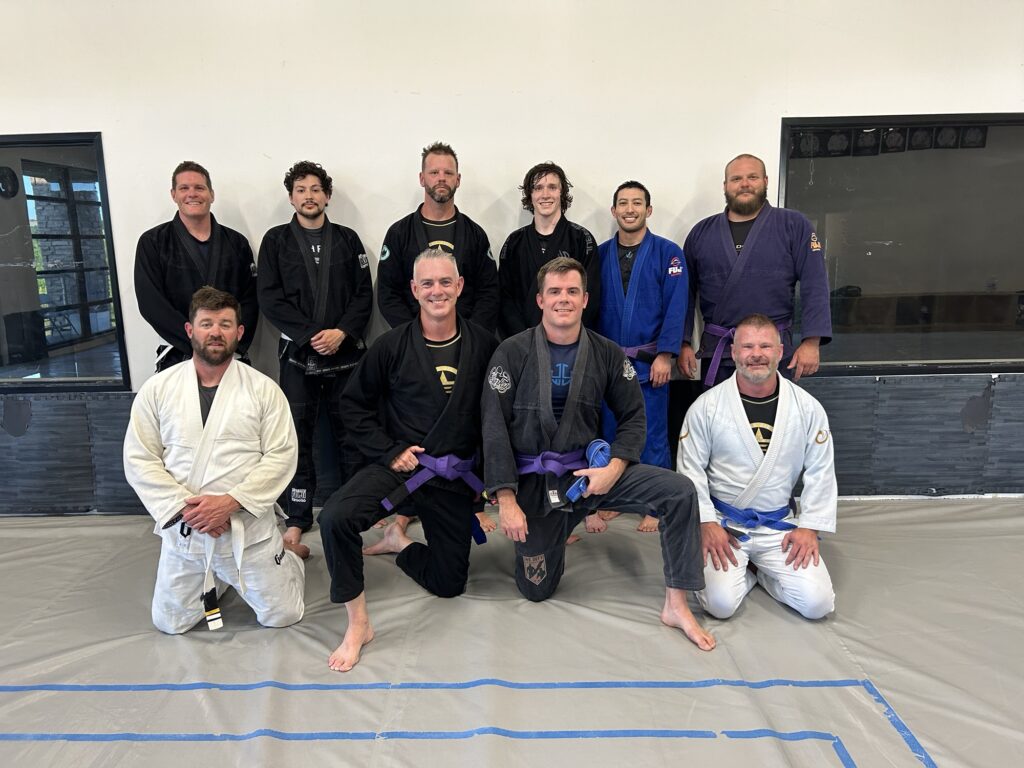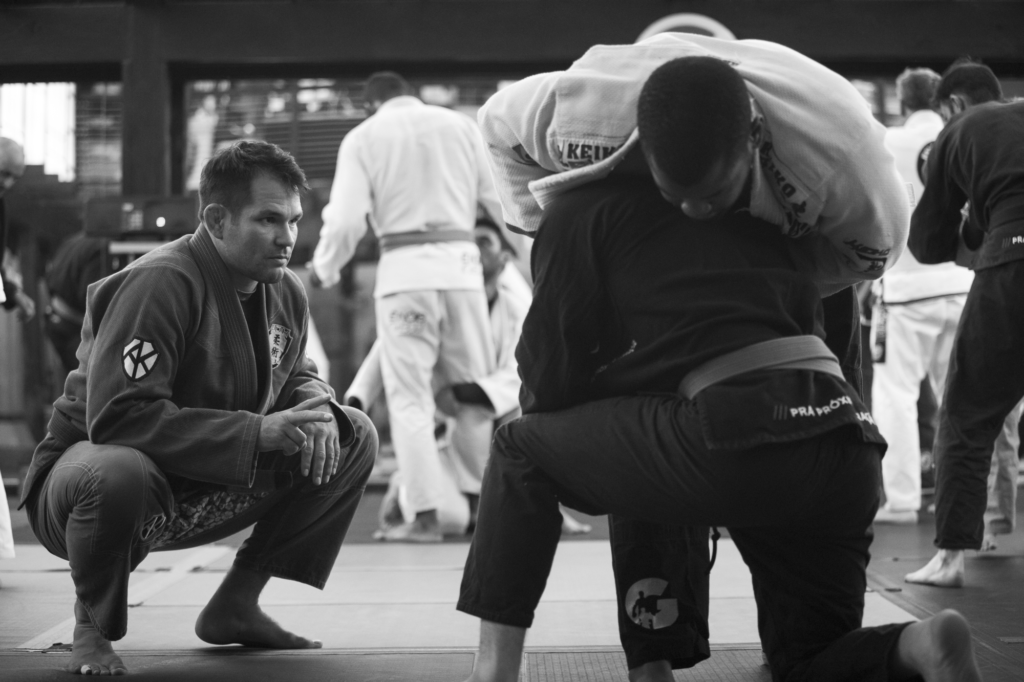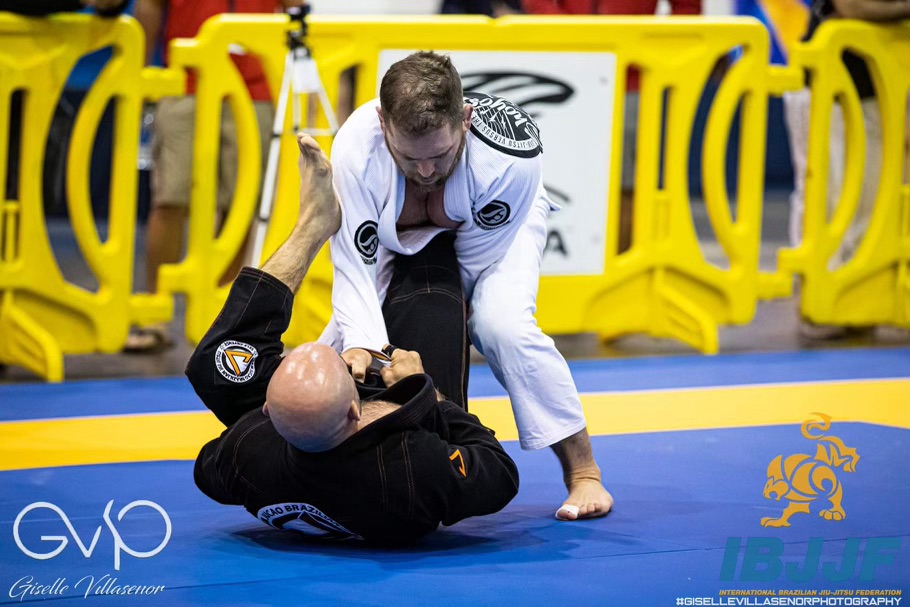Winter break is the perfect time to refocus, refine, and recharge on the mats. That’s why we’re excited to announce a special 2-day workshop at El Dorado Hills Brazilian Jiu-Jitsu, designed specifically for young practitioners ages 7-15. Over two focused sessions, we’ll dive into key areas of the game: guard passing systems and back attacks.

On Monday, December 23, from 9:00 AM to 11:00 AM, we’ll explore guard passing systems. This isn’t just about individual techniques but understanding how to link passes together into a system that works against various guards. Students will learn how to break through their opponent’s defenses with efficiency and control, gaining the tools to maintain pressure and dominate from the top position.
On Thursday, December 26, also from 9:00 AM to 11:00 AM, we’ll shift focus to back attacks. This session will cover not only how to secure the back position but also how to maintain it and execute high-percentage finishes. From controlling your opponent with precision to setting up devastating submissions, students will leave with a deeper understanding of how to make the most of one of Jiu-Jitsu’s most dominant positions.

Each session is $20, and you can register directly with Coach Danny to reserve your spot.
These workshops are designed to help young athletes take their Jiu-Jitsu to the next level by focusing on systems and strategies that are essential for success. Whether your child is just starting out or looking to elevate their game, this is a great opportunity to build confidence, refine technique, and learn in a supportive environment.
If you’d like to sign up or have any questions, please reach out to Danny directly. Let’s make this winter break a time for growth on the mats. See you there!










